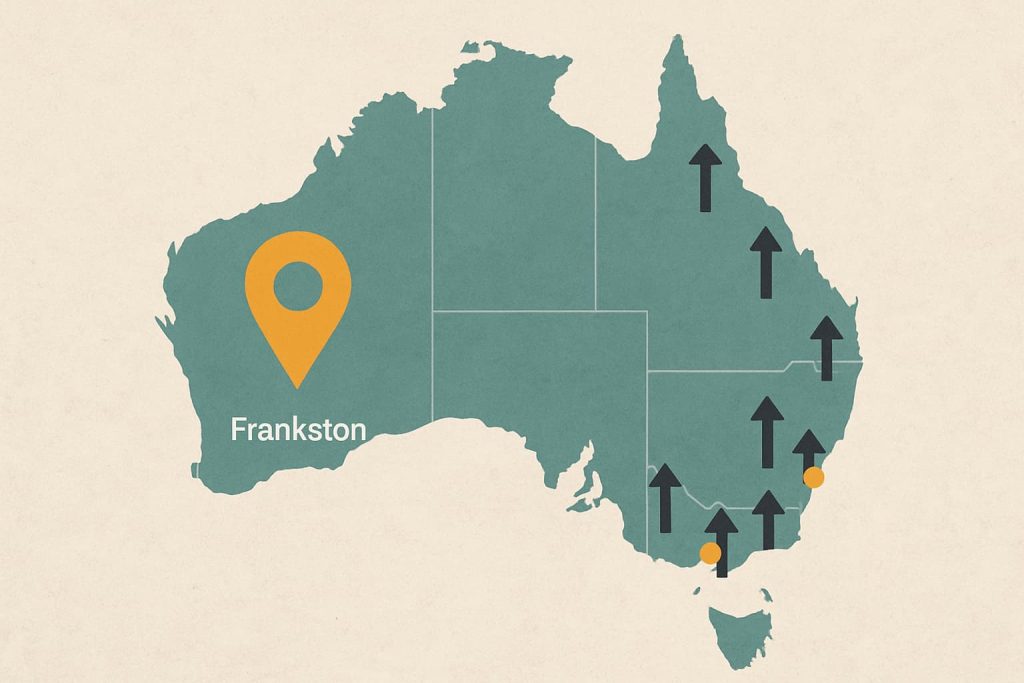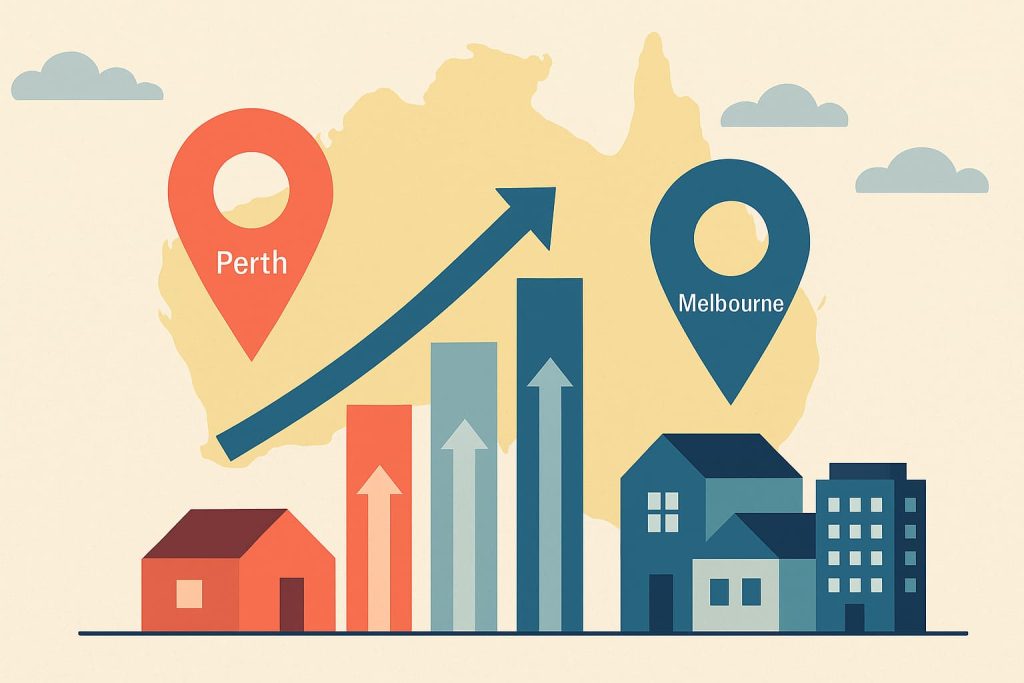High inflation and rapidly rising interest rates make it a pertinent time to keep a close eye on Melbourne’s property market, to keep track of what these strong economic levers are doing to the market.
The month of May saw a jump in the median home price in our capital city of just a touch under 1 per cent, however the median price has fallen by 7.4 per cent over the previous 12 months.
CoreLogic’s latest Home Value Index (HVI) report shows a solid improvement in Melbourne’s home values, with most other capital cities around the nation also experiencing a significant upswing.
Melbourne median property prices
Type Month Annual Median
All 0.9% -7.4% $755,871
Houses 0.9% -8.6% $911,007
Units 0.9% -4.7% $596,413
While the high inflation and rising interest rates are making things harder for buyers and holding back demand, it’s not enough to counter the fact that there’s low property supply levels and migration numbers that are piling pressure on the demand side.
According to CoreLogic’s Tim Lawless, there were around 1,800 less homes advertised for sale in our capital cities in May than there were in April.
Stock levels on the market are around 15 per cent lower compared to the same time as last year and when you get this supply drying up like this, buyers start becoming super competitive.
It has meant auction clearance rates – one of the big indicators of how the property market is tracking – have risen to over 70 per cent over the last few weeks.
High-profile buyers’ agent Bryce Yardney told The Urban Developer that most property experts believe the market has bottomed out.
“What is clear is that a clear flight to quality properties continues across Melbourne with A-grade homes and ‘investment grade’ properties still in short supply for the prevailing strong demand, but B-grade properties are taking longer to sell and informed buyers are avoiding C-grade properties,” he said.
There is now pressure building on the government to boost supply through policy reform around incentivising affordable housing, expanding urban sprawl, and streamlining the planning and approval process.
Head of research at CoreLogic, Tim Lawless, said inventory levels around the nation were a whopping 24 per cent lower than the previous five-year average.
“With such a short supply of available housing stock, buyers are becoming more competitive and there’s an element of FOMO creeping into the market,” he told The Urban Developer.
“Amid increased competition, auction clearance rates have trended higher, holding at 70 per cent or above over the past three weeks, while for private treaty sales, homes are selling faster and with less vendor discounting.”
The AMP’s chief economist Shane Oliver said the current mortgage and cost of living pressures should see some people looking to sell in the coming months, giving supply a slight boost.
“The RBA is threatening to raise rates further particularly as wages growth risks accelerating, fixed rate mortgages are now resetting to much higher interest rates and on the RBA’s estimates, more than 15 per cent of variable rate borrowers will have negative cash flow by year end, all of which, combined with higher unemployment, could lead to an increase in listings by distressed sellers,” he said.
“The rebound in home prices could itself spur the RBA to raise interest rates more than it otherwise would have done because rising home prices could drive a positive wealth effect offsetting its efforts to try and slow consumer spending down.”



